Choose infinite-type microscope objectives and guarantee they match your camera's sensor size. You'll need proper adapters like C-mount or T-mount to connect your lens securely to the camera body. Use manual focus mode with live view and consider focusing masks for precise adjustments. Keep your ISO between 1600-6400 and limit exposures to 30 seconds to avoid star trails. Understanding the technical aspects of microscope lenses will reveal their full astrophotography potential.
Choosing Compatible Microscope Objectives for Astrophotography

When selecting microscope objectives for astrophotography, you'll need to evaluate several critical compatibility factors that affect image quality and system integration.
First, check if your objectives are infinite or finite type – infinite objectives require a specific tube lens (200mm for Nikon, 180mm for Olympus), while finite objectives need precise distance settings.
Make sure your objective's image circle matches your camera's sensor size for full coverage. Using correcting eyepieces is essential when working with finite objectives to achieve proper aberration correction.
You'll find it easier to mix brands like Nikon and Olympus since they're fully corrected, but be cautious with Leica and Zeiss objectives that depend on specific tube lenses.
Pay attention to mounting threads and parfocal lengths, as these vary between manufacturers.
Remember that while these objectives offer excellent resolution through high NA values, they won't provide the versatility of traditional zoom lenses.
Essential Adapter Types and Mounting Solutions
Successfully connecting microscope objectives to your camera requires the right adapters and mounting solutions.
You'll need to choose between C-mount, T-mount, or dedicated microscope camera adapters based on your specific setup. Verify your adapter is compatible with both your microscope lens threading and camera body mount.
For stability, you'll want to mount your setup on a sturdy tripod and use the appropriate cage system with either 30mm or 60mm rods. Thorlabs offers adapters with dovetail connections for secure mechanical mating and precise optical alignment.
Don't forget to take into account your camera's sensor size when selecting adapters, as you may need reduction lenses for proper compatibility. You can fine-tune your working distance using extension tubes and adjust the backfocus for sharp images.
If standard options don't fit your needs, contemplate custom adapters designed for your specific microscope model.
Proper Focusing Techniques With Microscope Lenses
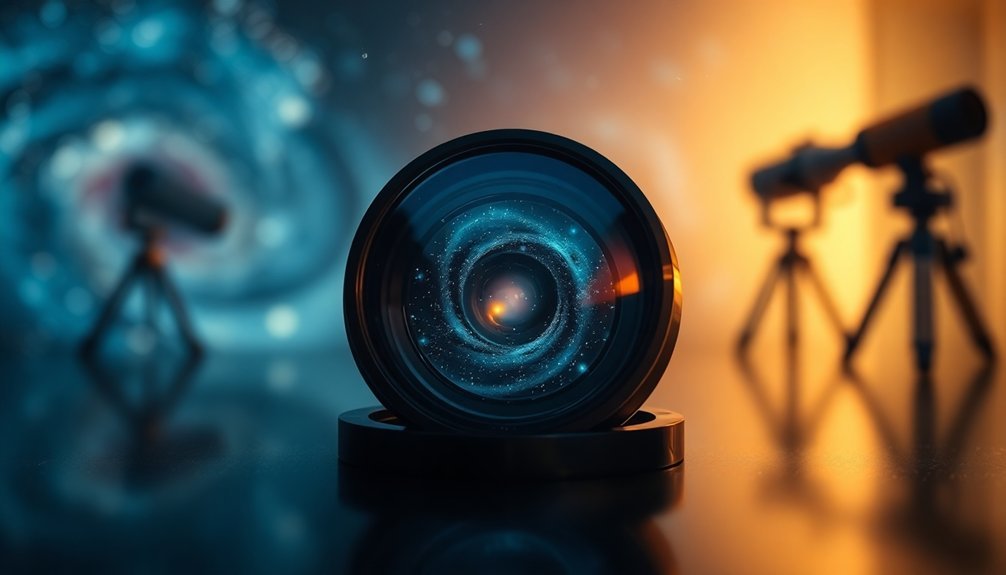
Mastering proper focus with microscope lenses demands a systematic approach to achieve sharp astrophotography results.
You'll need to start by switching your camera to manual focus mode and utilizing the live view display for real-time adjustments. Select a bright star near your intended target to avoid optical shifts during focusing. Wearing an eye patch can help reduce eye strain and improve focusing accuracy.
To achieve precise focus, you can employ specialized tools like Bahtinov or Hartmann masks, which create distinct diffraction patterns to guide your adjustments.
Use focusing software to assist with fine-tuning, and make iterative adjustments while monitoring the results. Don't forget to take into account environmental factors like temperature and atmospheric conditions that might affect your focus stability.
Once you've achieved ideal focus, secure it firmly to maintain consistency throughout your imaging session.
Overcoming Common Image Quality Challenges
Despite the advanced capabilities of microscope lenses, photographers often encounter several image quality challenges when using them for astrophotography.
You'll need to address chromatic aberration, which causes color fringing at high magnifications, and spherical aberration that creates soft halos around stars.
To combat these issues, you can adjust your aperture to find the sweet spot between light collection and aberration reduction.
Finding the optimal aperture setting creates the perfect balance between gathering light and minimizing optical distortions in astrophotography.
Use image stacking techniques to enhance detail while reducing noise, and don't forget to leverage your camera's LENR features.
For vignetting, try adjusting the field diaphragm or cropping your images if necessary. Regular lens cleaning is essential to prevent dirt spots and unwanted artifacts in your final images.
Post-processing tools like Lightroom and Photoshop can help correct lens distortions and improve white balance.
If you're dealing with excessive noise, consider using a full-frame sensor or specialized cooling equipment.
Night Sky Photography Setup and Best Practices
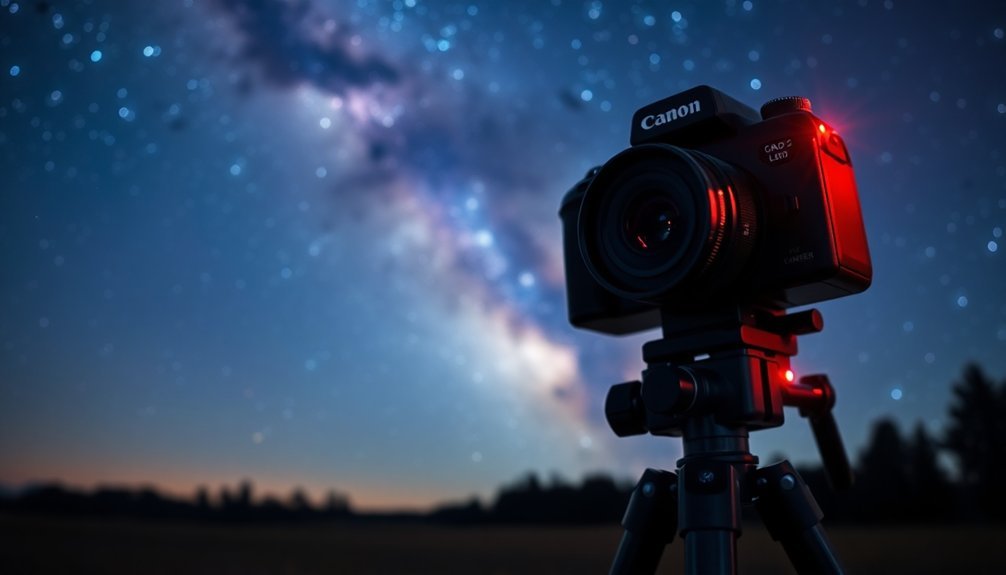
When photographing the night sky with microscope lenses, proper setup and technique become critical for capturing stunning celestial images.
You'll need to mount your microscope lens on a sturdy tripod and use a cable release or intervalometer to prevent camera shake during long exposures.
Set your camera to manual mode and start with ISO settings between 1600-6400. Keep your aperture as wide as possible, and limit exposure times to 10-30 seconds to avoid unwanted star trails. Cold temperatures can actually improve image quality by reducing sensor noise.
You'll want to manually focus to infinity for sharp stars. Choose dark locations away from light pollution and plan your shoots using apps like Stellarium to track celestial alignments.
Don't forget extra batteries, as night photography can drain them quickly, especially in cold conditions.
Frequently Asked Questions
Can Microscope Lenses Capture Better Lunar Details Than Standard Camera Lenses?
You'll get higher magnification with microscope lenses, but they're harder to use and less stable. Standard camera lenses offer better overall results unless you're willing to tackle complex setup and stabilization challenges.
How Long Do Microscope Objectives Typically Last When Used for Astrophotography?
You'll typically get 3-5 years from a microscope objective used in astrophotography, but it depends on your maintenance routine, storage practices, and how often you expose it to outdoor conditions.
Will Using Microscope Lenses Void My Camera's Warranty?
Yes, using microscope lenses will likely void your camera's warranty. Manufacturers don't cover damage from non-standard modifications, so you'll need to weigh the benefits against losing warranty protection before making this modification.
Are Vintage Microscope Objectives Suitable for Modern Digital Astrophotography?
You'll find vintage microscope objectives challenging for digital astrophotography due to their uncorrected aberrations and adaptation difficulties. While they can work, you'll get better results with modern, purpose-built astronomical lenses.
Can Microscope Objectives Be Stacked for Increased Magnification in Astrophotography?
While you can stack microscope objectives, it's not recommended for astrophotography. You'll face severe light loss, increased aberrations, and extreme focusing difficulties that'll make capturing usable astronomical images practically impossible.
In Summary
You'll find microscope objectives offer a unique and budget-friendly way to capture the night sky. While there's a learning curve to master the setup and focusing, the incredible magnification and detail make it worthwhile. Don't let initial challenges discourage you – with proper adapters, careful technique, and practice, you'll be capturing stunning deep-sky images that rival those taken with traditional astronomy equipment.
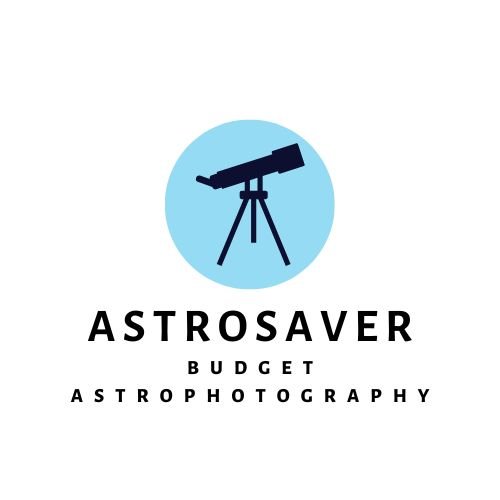

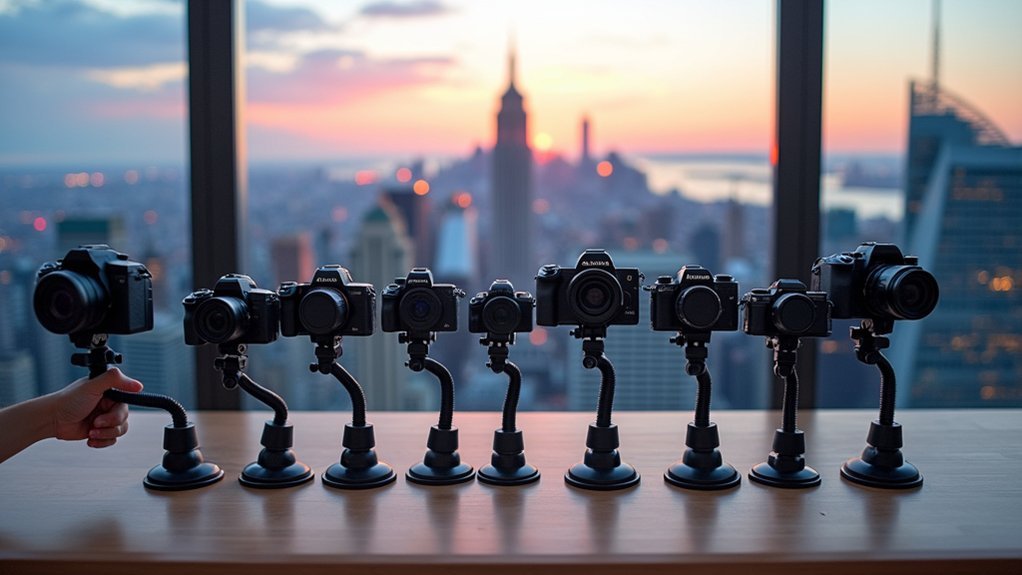

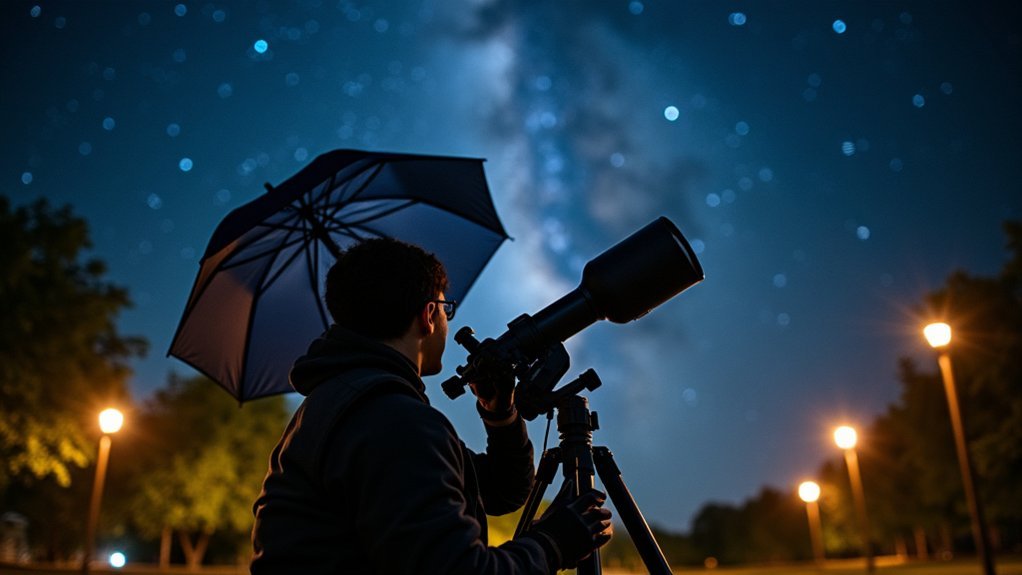
Leave a Reply